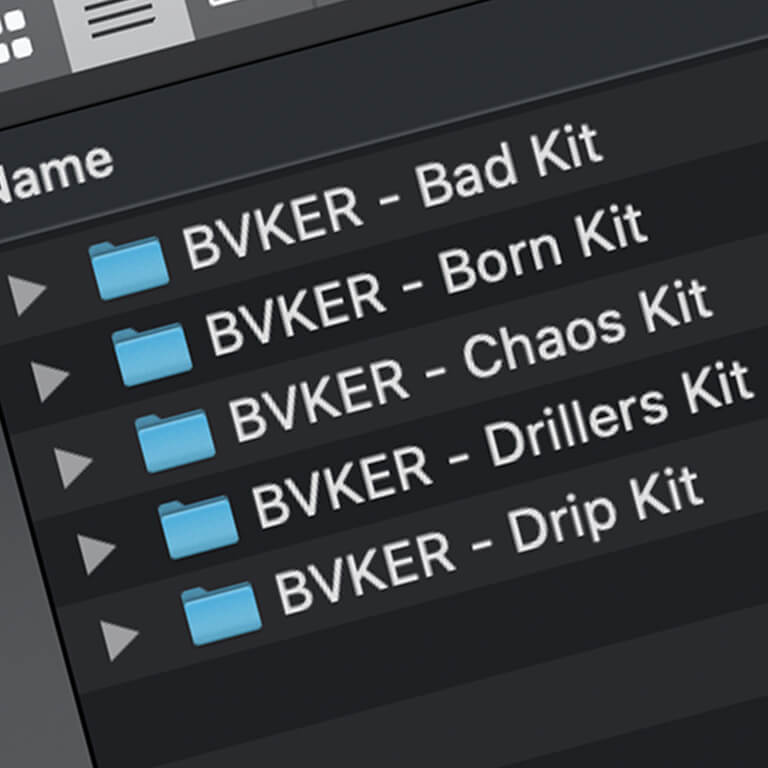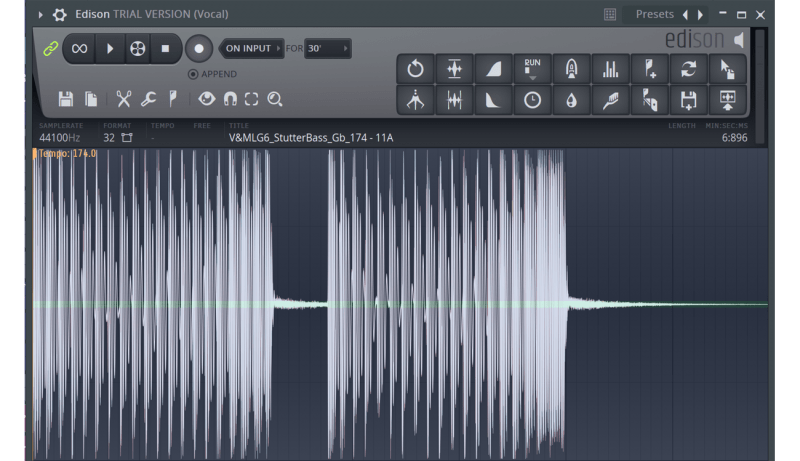
Tip 3: Dynamic range compression and lossy compression are 2 completely different things, you won't lose high end freqs from dynamic range compression, and even if you did, this parametric EQ would not help recover these frequencies, because they're not there and you'd only be boosting the slightly lower ones. On top of this, the parametric eq in the picture is cutting valuable frequencies even above the stated 40hz and is even slightly affecting up to 130hz, which is nonsense. Not only can we hear downwards of 25 or even hear 20hz, many headphones and good speakers will have a frequency range travelling well below 40hz. Tip 1: Cutting below 40hz is barbaric in many genres. This article really misinforms readers, and here's why: I believe when writing for a big website such as this one, it's very important to be accurate, as people can get stuck with "tips" on the net for a long time, delaying their production skills. I also spend a big portion in the beginning of tutorial going over foundation mixing concepts that, when applied to every mix, will make you a smarter, more efficient beat maker with beat quality beats that rival the top producers.I don't wish to hate, but I think constructive criticism is necessary here. A lot of other training is done by producers who are not mix engineers first. Mostly my background is focused heavily on mixing as that is what I spent most, if not all, of my time doing.


This training focuses on helping you make your productions sound better but doesn’t teach you how to produce. Q.Are you going to be teaching production as well?Ī.Unfortunately not.All the principals can be applied to any DAW but the downloads and organization videos are specifically FL Studio related. A.No you don’t, but this course was designed with FL users in mind.


 0 kommentar(er)
0 kommentar(er)
